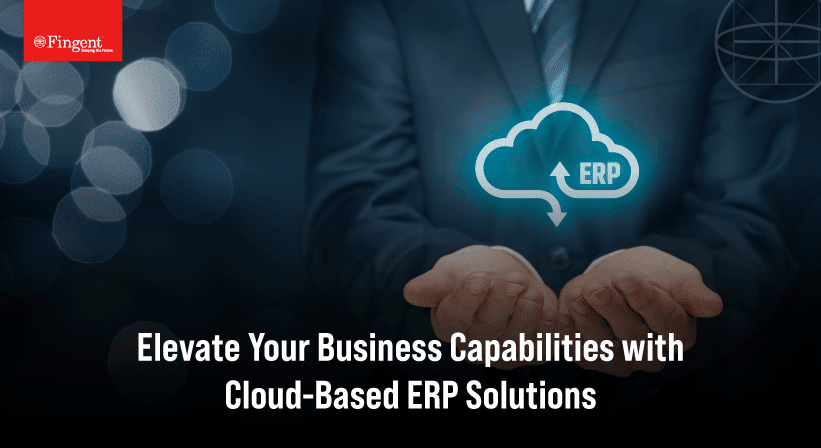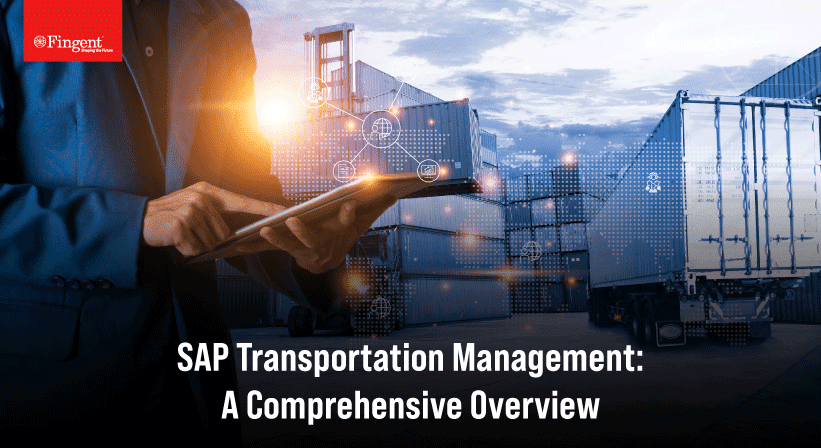Strategizing A Successful SAP S/4HANA Migration for Your Business!
“You on the cutting edge of technology have already made yesterday’s impossibilities the commonplace realities of today.” – Ronald Reagan
True to these words, the development and improvement of technology make possible several tasks we previously deemed impossible. The sky is quite the limit as long as humans are willing to innovate, create, and migrate.
This article will look at one of these brilliant technological advancements – SAP S/4HANA. We will also discuss how you can effectively migrate to this technology and benefit your business.
Introduction To SAP S/4HANA
SAP S/4HANA is SAP’s most famous product that works as a business suite with an in-memory database. It allows businesses to perform transactions, manage functions, and analyze data in real-time.
SAP S/4HANA is the digital heart of SAP’s plan to help its customers with digital transformations, including tedious tasks of modifying existing and new business processes. It is fabricated to house various advanced technologies, such as AI, machine learning, IoT, and advanced analytics. This enables it to help solve complex issues and analyze more information in real-time faster than any previous products.
Read more: SAP S/4HANA: The Definitive Guide!
Why Migrate To SAP S/4HANA?
There are innumerable reasons to migrate to S/4HANA, and listed below are a few important ones:
1. Cost-effective and fast
S/4HANA’s famous in-memory database improves the performance of complex business processes along with scalability and processing speeds. It plans, executes, analyzes, and reports data at exponential speeds.
2. Flexibility
The greatest benefit of S/4HANA is its compatibility with other databases, hardware, and software, making it the most versatile data solution available. It provides the flexibility to install new business acquisitions, proactively manage assets and eradicate mundane tasks from an employee’s workday.
3. Analytic Capacity
In-memory technology automatically means there will be no waste of time loading data from one location to another. S/4HANA reduces the time needed to perform even the most extensive reports. This, combined with its deftly built-in business intelligence functionalities, makes it capable of processing data in real time and taking required actions to overcome any hurdles.
4. Simple User Interface
For the sake of nostalgia and previous acclimations, SAP did not abandon its GUI of 20 years. However, a few modifications were still made to portray the enhanced business processes.
5. Future-proofing IT Investments
The sooner an organization migrates to SAP S/4HANA, the sooner it modernizes its business ecosystem. SAP is actively investing in this suite of business processes, and any future technological advancements will inevitably be pushed toward this fast-evolving and ingenious solution. Placing your eggs in this basket can help you in the long run.
Challenges Of Migrating To SAP S/4HANA
Just as with any business and technological transition, you are bound to face a few challenges while migrating to SAP S/4HANA. Listed below are a few:
1. Disorientation And Confusion
Being well-prepared for a conversion plan is always the first step in any SAP S/4HANA conversion project. Making conversion plans with fully detailed tasks to be performed in sequence and accurately calculating the time and effort it takes to convert the system is a serious responsibility.
2. Poorly-recorded legacy processes
Before jotting down a conversion plan it is imperative to evaluate existing processes. Often companies carry their existing problems to the new platform and regret the decision.
3. Complexity Of Custom Code
Custom code can be the backbone of information or the core code that unifies it. Conversion of any custom code to S/4HANA is an extremely complex task. An intensive study should be conducted to identify and evaluate the use of custom code. This analysis will then be the factor in deciding if the system can be converted or simply re-implemented.
Read now: How SAP S/4HANA Can Help Your Business to Become An Intelligent Enterprise?
Best Practices Of Migrating To SAP S/4HANA
As we’ve already seen, despite its many benefits, migrating to SAP S/4HANA can be challenging. It is far from impossible, however. Here are 5 best practices to keep in mind while making this conversion in order to keep the transition seamless:
1. Visualize your end goal
Figure out what your ideal ERP infrastructure and functionalities should look like. Starting a SAP migrating process means reverse integrating your ideal plan.
2. Determine what to rationalize, what to refine and what to conserve
This practice depends entirely on the application and which part of the business process it affects. Asses each module, component, and individual process that will be affected by the change and apply this practice to it.
3. Determine how much data is required for the move
If you want to reap the complete harvest of SAP S/4HANA with its advanced analytics, you have to carry over data from your existing ERP. The preceding data is what oils S/4HANA’s motors to be predictive and accurate in the first place.
4. Formulate an implementation strategy that reduces migration barriers
Every company’s migration process is different. However, Greenfield and Brownfield are the most famous ways of SAP S/4HANA migration. Greenfield is a total change from the old platform to the new platform and Brownfield is a technological upgrade.
5. Choose a consultant who specializes in selectivity
Picking the perfect partner for S/4HANA migration is critical to get the most out of the project. Find a partner who specializes in SAP environments and understands what the migration needs. Ensure that their selectivity in choosing what to migrate, what to preserve, and what to develop is on point.
How Fingent Can Help?
Fingent provides end-to-end planning, migration, and post-migration support and maintenance services. This includes tactical advisory on choosing the right S/4HANA migration path to suit your requirements. Our unique SAP S/4HANA service implementation methodology assists you with preparing, exploring, configuring, and deploying your project. We also provide support, project closure, and maintenance.
Fingent has a proven track record of helping clients across the globe with SAP S/4HANA implementation and migration. We can help you empower your business with this powerful too!
Reach out to us and talk to our experts.
Stay up to date on what's new

Recommended Posts

21 Jan 2024 B2B
The Impact of SAP S/4HANA Cloud and BTP Collaboration on Business Transformation
In today's fast-paced business world, staying competitive goes beyond traditional strategies. The digital age requires a seamless blend of cutting-edge technologies. SAP, a global leader in enterprise software, offers a……

15 Nov 2023 B2B
SAP S/4HANA Cloud Migration – All that You Need To Know!
“Our future success is directly proportional to our ability to understand, adopt and integrate new technology into our work.” – Sukant Ratnakar – CEO, Quantraz Inc. Since the dawn of its……

15 Sep 2023 B2B
Cloud-Based ERP Solutions Elevating Business Potential
A strong technological backbone – that is what is required of businesses today. From simple record-keeping tasks to complex future planning tasks, advanced technology can support a business and allow……

23 Aug 2023 Logistics B2B
SAP Transportation Management: A Comprehensive Overview
SAP software, as most of us know, is a tool used to control all aspects of critical business functions specifically. It integrates and automates key processes, ultimately helping organizations run……
Featured Blogs
Stay up to date on
what's new












